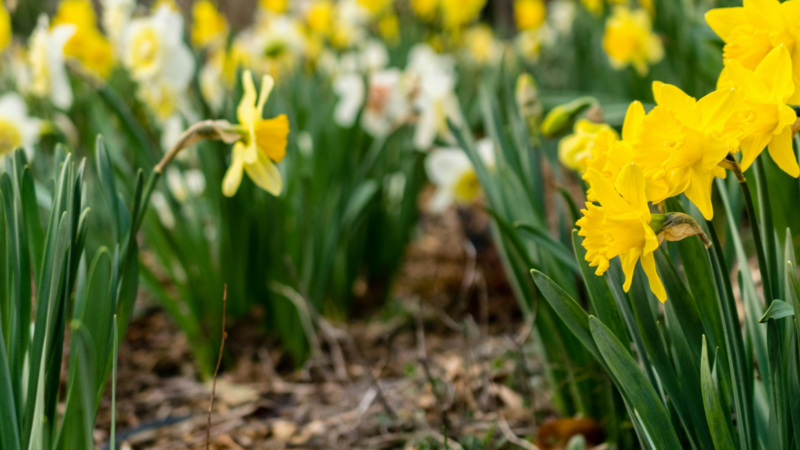The Musée d’Orsay’s Very First NFT Exhibition Announced – inviting electronic musician Agoria for ‘Le Code d’Orsay’

With the ambition to attract new audiences and the desire to explore emerging forms of creation, the Musée d’Orsay invites the artist Agoria. A leading player in digital art, whose creations come from the Web3 revolution, but also a figure on the French and international electronic music scene, Agoria is invited to give his unique take on the Musée d’Orsay, its architecture and its masterpieces.
{Le code d’Orsay} involves three main events taking place over the course of a month, from 13 February to 10 March, 2024.
Sébastien Devaud, known as Agoria, is a digital artist whose works marry physical with virtual, living with cryptic. Agoria is now one of the most active artists in the emerging Web3 world. His entire artistic practice revolves around biological generative art, meaning the creation of works using algorithms, artificial intelligence and data from the living world. He works with scientists to design works that combine art, music, the Metaverse and science, with the aim of bringing the living world into the “blockchain”.
For several years, a unique artistic universe has supported creation from Web3, a new online ecosystem based on the blockchain*. This creative space harbours a real community that resonates with museum establishments such as the Musée d’Orsay. The 19th century saw the birth of modernity and audacity, but also that of critical confrontations – and one of these was impressionism. This is why the Musée d’Orsay wishes to explore the connection between the emergence of this experimental art and its collections.
As part of this invitation entitled {Le code d’Orsay}, from 13 February to 10 March, Agoria presents two works at the museum that resonate with the collections and are developed on the Tezos blockchain. The first, “Σ Lumina”, with a highly poetic, participative and experimental dimension, and a second “Interpretation by Saccharomyces cerevisiae of The Painter’s Studio by Gustave Courbet” which very closely links the respective worlds of art and science. This connection is at the heart of the artist’s approach, wishing to show that the cryptic and digital worlds are inseparable from the physical and living worlds. This pathway between digital art and science will be discussed on 22 February at a conference given by of the project’s participants.
Lastly, Agoria created a musical piece in tribute to the Musée d’Orsay, which will be playing at the museum as a preview, beginning 13 February, then revealed on 23 February at the artist’s DJ Set in the museum’s nave.
Made possible thanks to the generous support of the Tezos Foundation, a partner of the Musée d’Orsay.
Curatorship:
Christophe Leribault, President of the Musée d’Orsay and the Musée de l’Orangerie
Virginie Donzeaud, Deputy Chief Executive Officer of the Musée d’Orsay and the Musée de l’Orangerie.
“I try to connect the physical with the digital, the living with the cryptic.Although digital and physical are often in opposition, I try to reverse this relationship and reconcile them.With Sigma Lumina and with the biological reading of Courbet, my aim is to make the digital more sensitive and create a link between tangible and intangible, to mirror the invisible.I call this practice Biological Generative Art.I am both delighted and honored that my work resonates in a venue as iconic as the Musée d’Orsay.”» Agoria
“The Musée d’Orsay loves to set its treasures from the age of modernity from the second half of the 19th century and the start of the 20th century in communication with modern-day innovations. By re-imagining our collections through contemporary knowledge and tools, Agoria’s creations breathe new life into our works and open our eyes to new possibilities, and will I hope lead new audiences to visit us and our most loyal visitors to rediscover our museum.” Christophe Leribault, President of the Musée d’Orsay and the Musée de l’Orangerie






